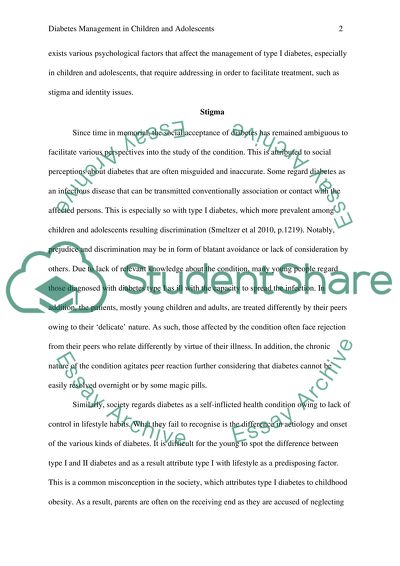Cite this document
(“Critical appraisal Essay Example | Topics and Well Written Essays - 2000 words”, n.d.)
Critical appraisal Essay Example | Topics and Well Written Essays - 2000 words. Retrieved from https://studentshare.org/health-sciences-medicine/1479195-critical-appraisal
Critical appraisal Essay Example | Topics and Well Written Essays - 2000 words. Retrieved from https://studentshare.org/health-sciences-medicine/1479195-critical-appraisal
(Critical Appraisal Essay Example | Topics and Well Written Essays - 2000 Words)
Critical Appraisal Essay Example | Topics and Well Written Essays - 2000 Words. https://studentshare.org/health-sciences-medicine/1479195-critical-appraisal.
Critical Appraisal Essay Example | Topics and Well Written Essays - 2000 Words. https://studentshare.org/health-sciences-medicine/1479195-critical-appraisal.
“Critical Appraisal Essay Example | Topics and Well Written Essays - 2000 Words”, n.d. https://studentshare.org/health-sciences-medicine/1479195-critical-appraisal.


